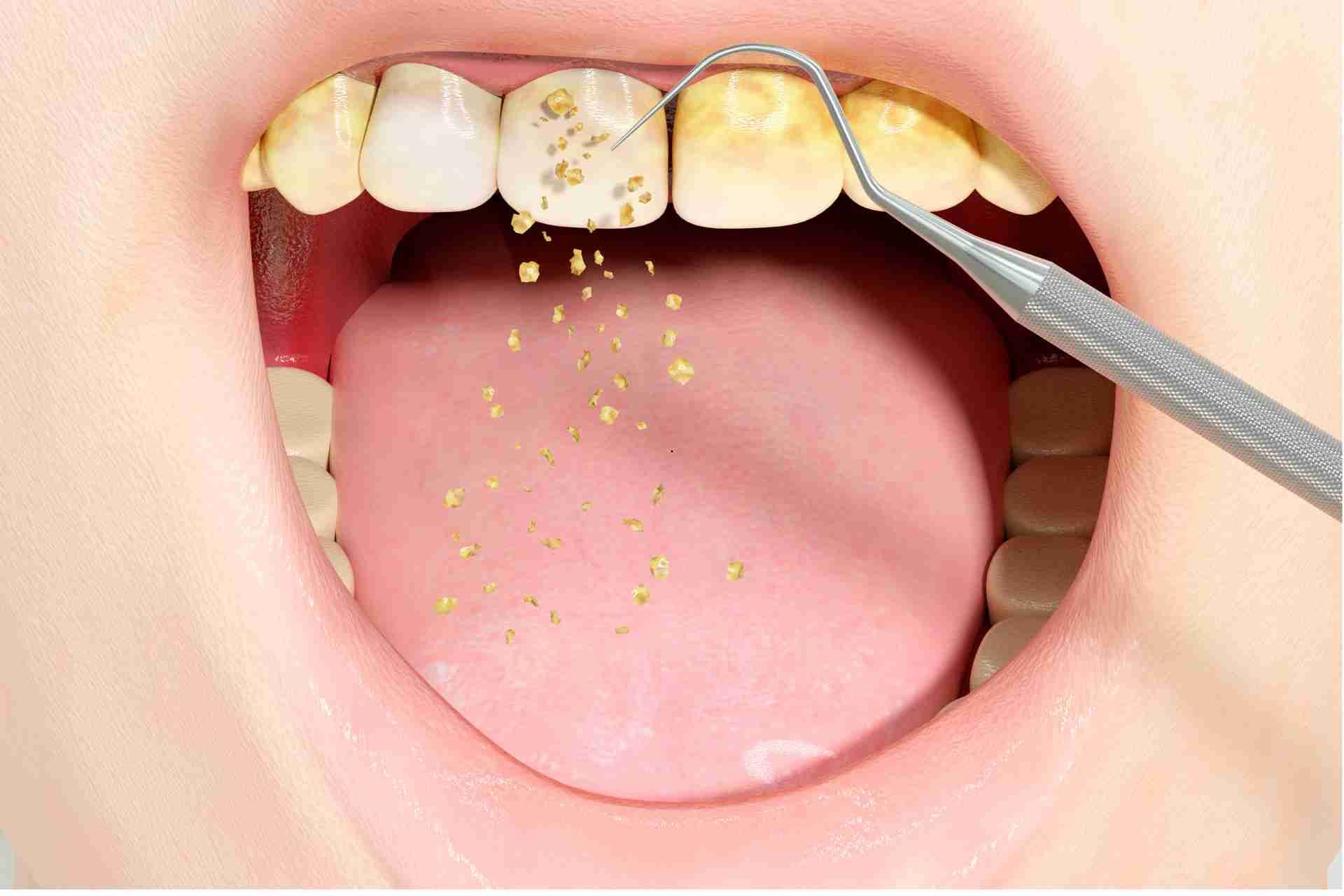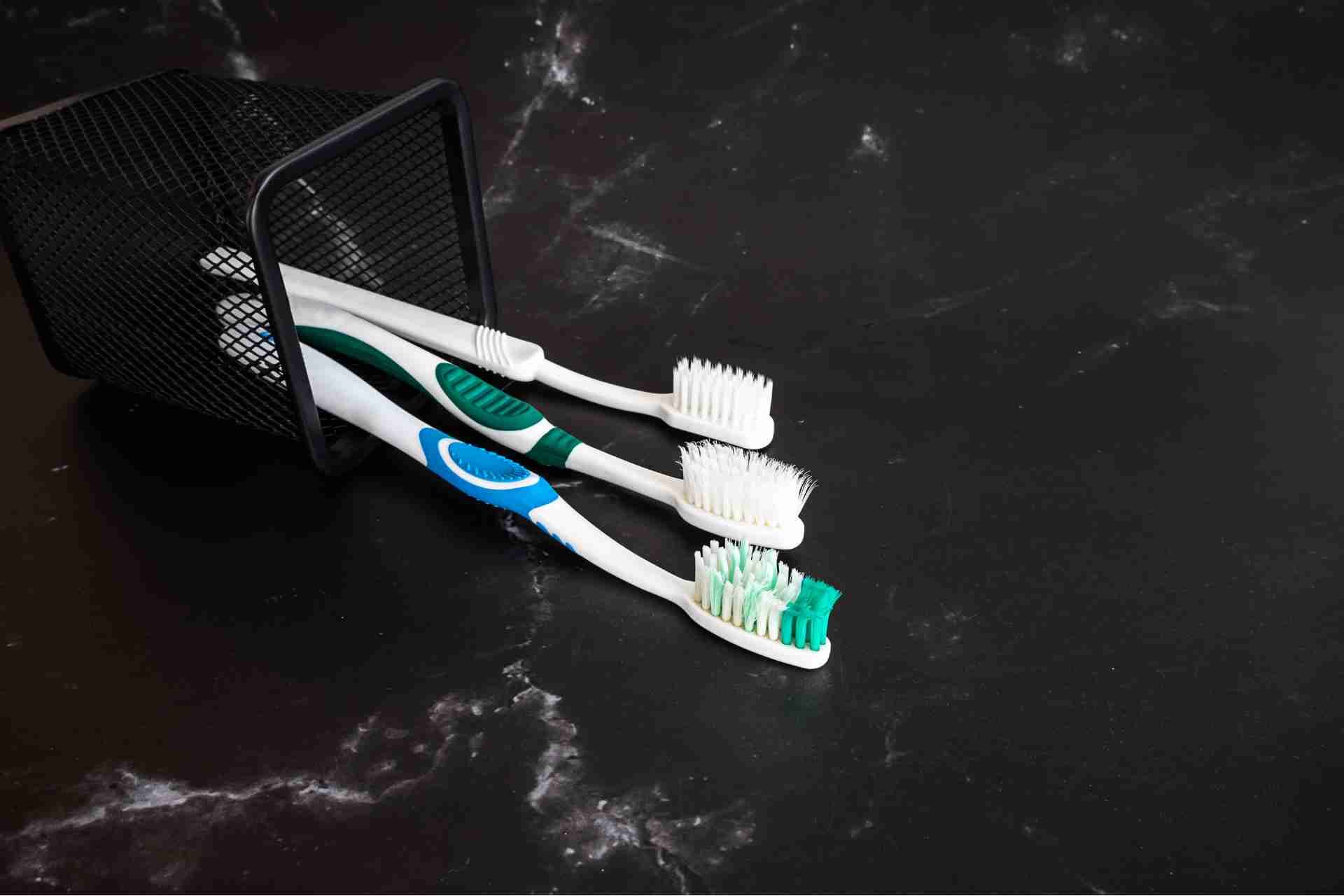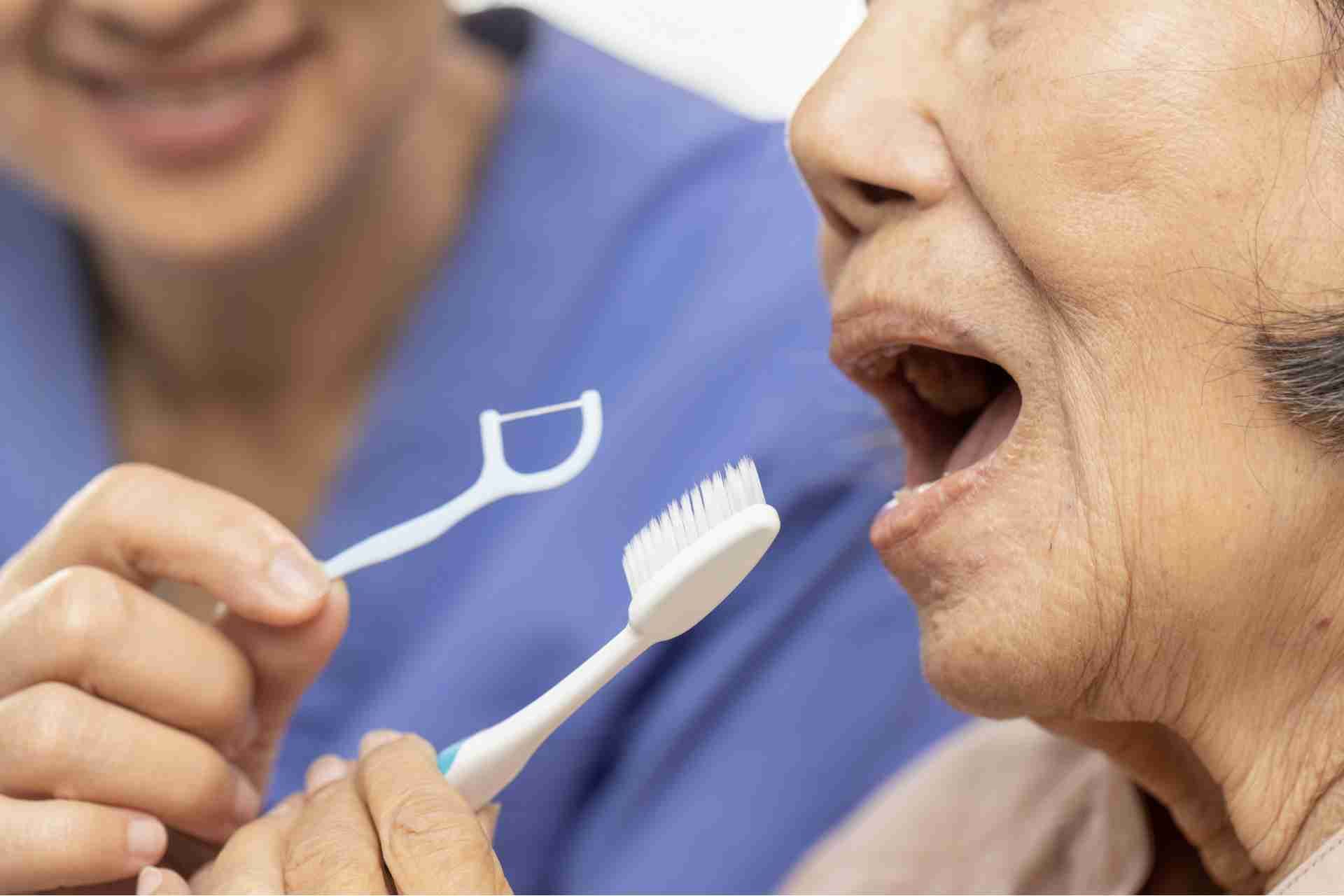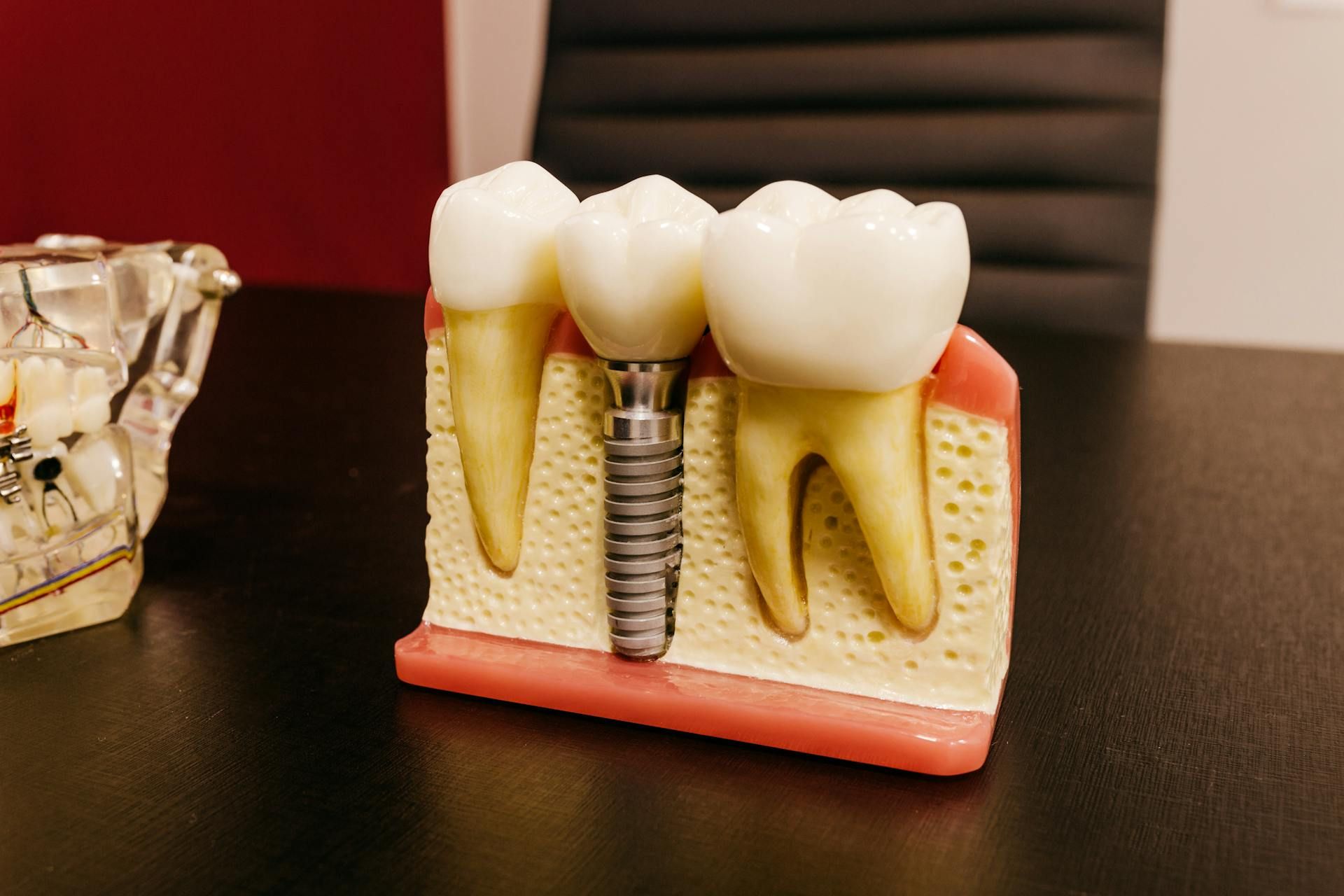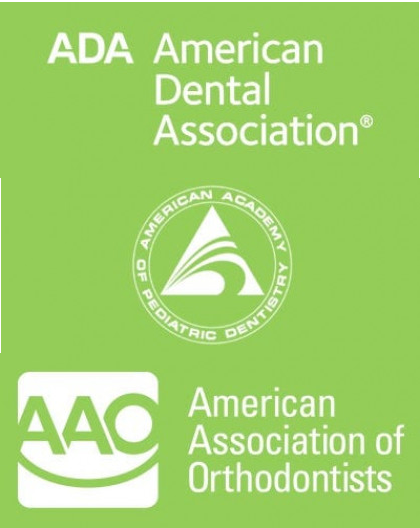Ceramic vs Metal Braces Pros and Cons
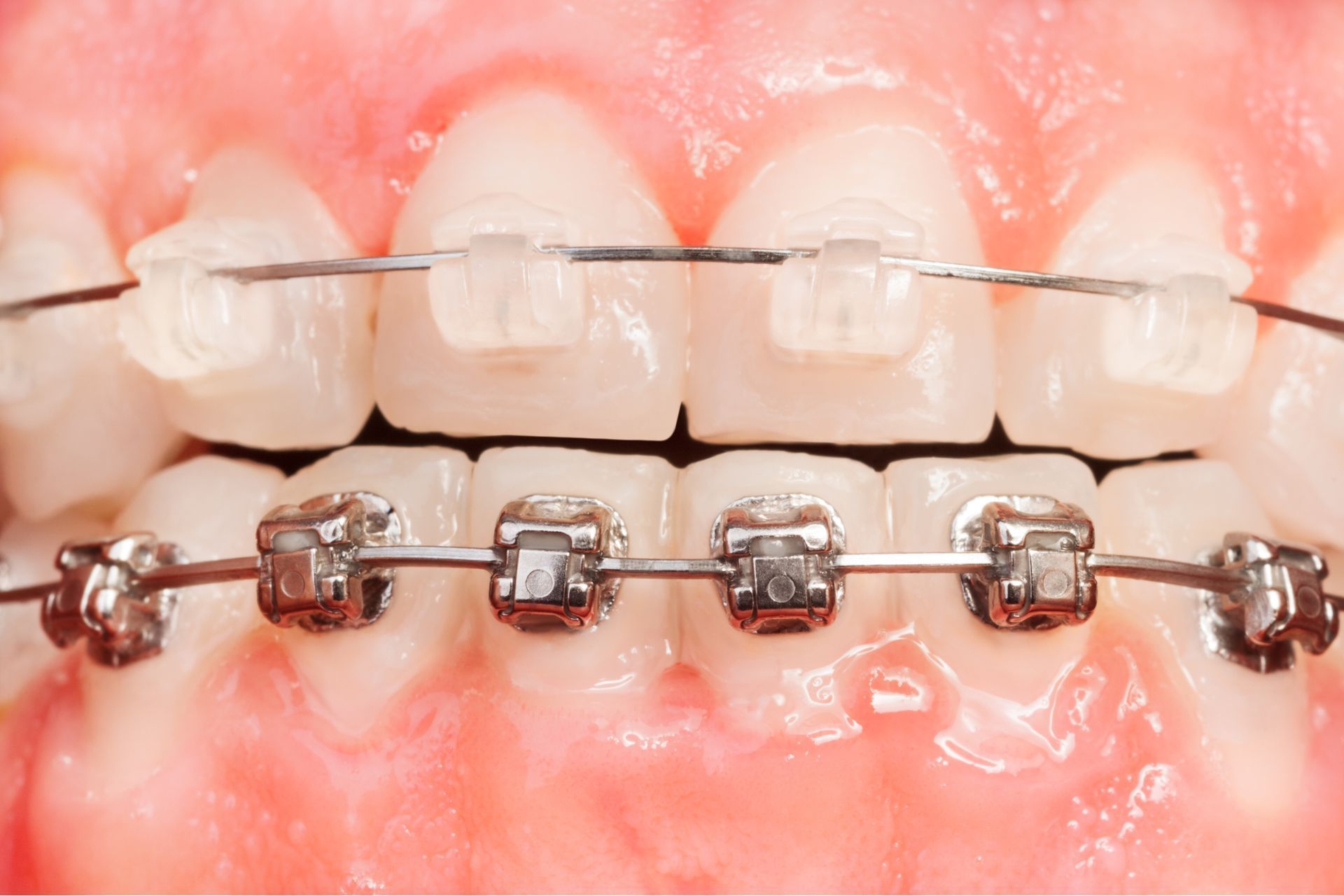
Having straight teeth not only improves your appearance but also has the potential to boost your confidence and overall oral health. Whether you have crooked teeth, gaps, or overlapped teeth, there are several options available to help straighten your smile.
When it comes to straightening your teeth, you have several options to choose from, including ceramic and metal braces. Both types of braces have their own set of pros and cons, so it's important to weigh them carefully before making a decision. In this blog post, we'll discuss the differences between ceramic vs metal braces pros and cons.
What are Ceramic Braces?
Ceramic braces are similar to traditional metal braces but with one key difference - they are made of clear or tooth-colored materials, making them less noticeable on your teeth. This can be a huge benefit for those who are looking for a more subtle option for their orthodontic treatment.
Pros of Ceramic Braces:
Discreet Appearance
One of the biggest advantages of ceramic braces is their discreet appearance. The tooth-colored or clear brackets and wires are much less noticeable than traditional metal braces, making them a popular choice for those who want a more subtle orthodontic treatment option.
Comfortable
Ceramic braces are typically more comfortable than traditional metal braces. The brackets are smoother and less likely to irritate the gums and lips, making them a more comfortable option for many patients.
Effective
Ceramic braces are just as effective as metal braces in straightening teeth and correcting bite issues. They can be used to address a wide range of orthodontic problems, from crooked teeth to overcrowding and gaps between teeth.
Cons of Ceramic Braces:
Cost
Ceramic braces tend to be more expensive than traditional metal braces. The materials used in ceramic braces are more costly, which can result in a higher overall price for treatment.
Staining
The clear or tooth-colored materials used in ceramic braces can be prone to staining, particularly if you consume foods and drinks that can discolor the brackets and wires. Proper oral hygiene and regular cleaning can help mitigate this issue.
Durability
Ceramic braces are not as durable as metal braces and may be more prone to breakage. If a bracket does come loose or break, it may need to be replaced, adding to the overall cost and potentially prolonging treatment time.
What are Metal Braces
Metal braces are made up of several components, including brackets, archwires, and bands. The brackets are the small metal pieces that are bonded to each tooth, and the archwires are the wires that connect the brackets and apply pressure to move the teeth into the desired position. The bands are used to secure the archwires to the brackets.
Pros of Metal Braces:
Effectiveness
Metal braces are known for their ability to successfully straighten teeth and correct bite issues. They are a reliable and effective option for individuals looking to achieve a straighter smile.
Durability
Metal braces are made of high-quality materials that are durable and can withstand daily wear and tear. This means that you can trust that your braces will stay in place throughout your treatment process.
Affordability
Compared to other orthodontic treatment options, metal braces are often more affordable, making them a popular choice for individuals on a budget.
Customizable
Metal braces come in a variety of colors and styles, allowing you to personalize your treatment and express your individuality.
Cons of Metal Braces:
Appearance
One of the biggest drawbacks of metal braces is their noticeable appearance. The brackets and wires can be unsightly and may make some individuals self-conscious about their smile.
Discomfort
Metal braces can cause discomfort and soreness, especially after adjustments. This discomfort can make it challenging to eat certain foods and may require additional care to maintain oral hygiene.
Maintenance
Metal braces require regular adjustments and maintenance appointments with your orthodontist. This can be time-consuming and may require frequent visits to the dentist.
Oral Hygiene
It can be challenging to clean around metal braces, as food particles can easily get stuck in between the brackets and wires. This can increase the risk of cavities and other oral health issues.
Which Option is Best for you?
Both ceramic and metal braces have their own benefits and drawbacks. Metal braces are durable, cost-effective, and highly effective at straightening teeth, but they may not be the most aesthetically pleasing option. Ceramic braces offer a more discreet appearance but are typically more expensive and may require more maintenance. Ultimately, the best option for you will depend on your individual needs and preferences.
Be sure to consult with your orthodontist to determine which type of braces is the right choice for you.
When you call
Pennington Orthodontics & Pediatric Dentistry, we will
schedule a consultation to evaluate your teeth and jaw alignment, discuss your treatment goals, and determine which braces option is best for you. Our team will take the time to listen to your concerns and answer any questions you may have about the different types of braces available.


